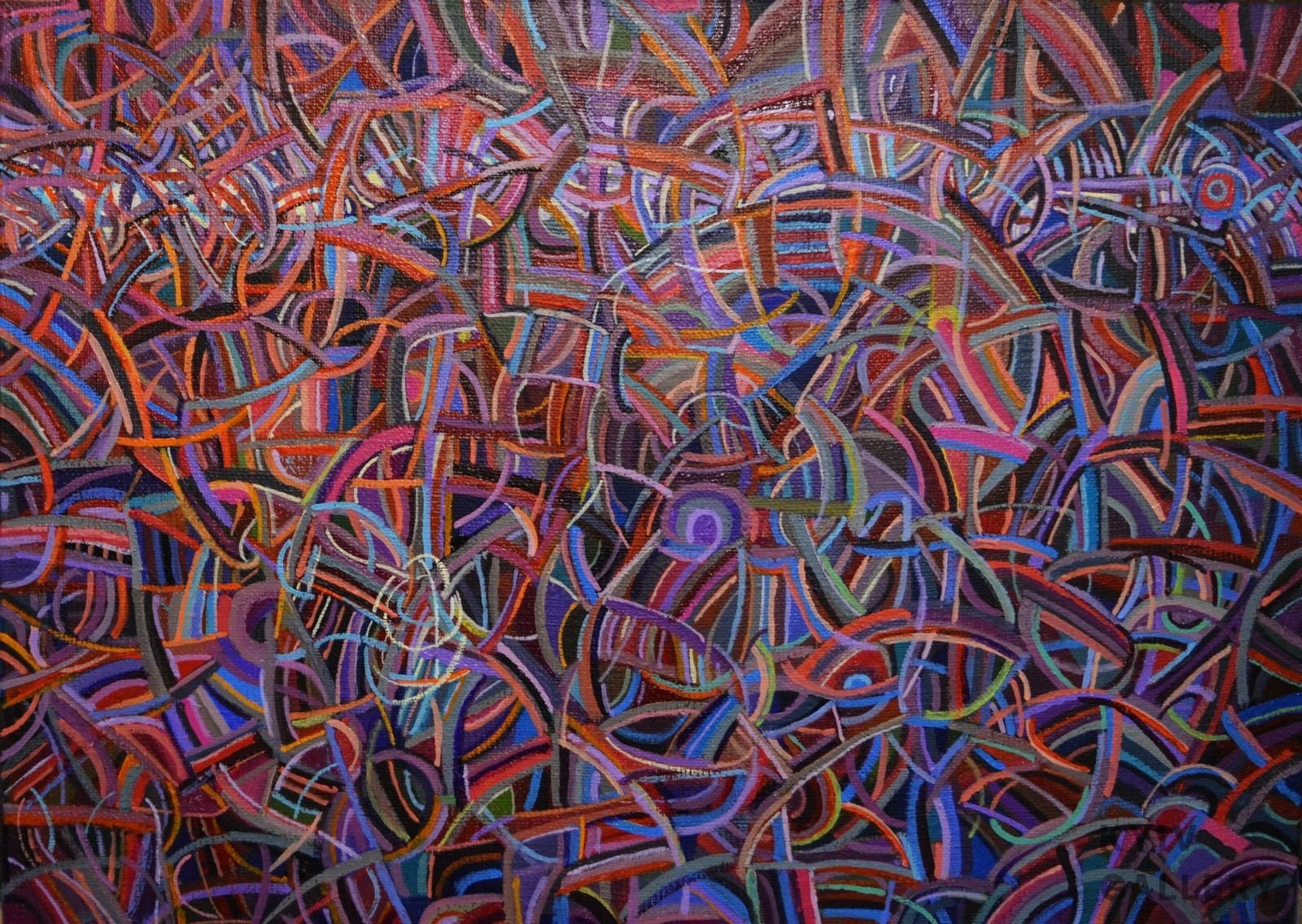

Immersion – this is a special state of consciousness, which is accompanied by a feeling of deep immersion in reality. This effect is achieved today thanks to special events and the use of innovative technologies that affect our analyzers. Initially, device developers sought to improve the quality of immersion in order to more deeply immerse users in the gaming reality, but over time, their achievements were adapted for art lovers. Under the conditions of quarantine and possible bans on visiting public places in the future, this area of work becomes a priority for all participants in the art market.
Immersive experiences and contemporary art
To begin with, it should be clarified that the phenomenon of immersion itself should not be associated exclusively with augmented reality technologies. Under normal conditions, we are immersed in what is happening around us with varying intensity. For example, in a boring lecture or at a work meeting, the mind often travels to an imaginary reality, completely distracted from what is happening. In other cases, on the contrary, we tend to notice important details and activate all our senses. The problem of the viewer's involvement is especially acute for artists and sculptors, because the object of art reveals its semantic and aesthetic potential only in favorable conditions. That is why art historians strongly recommend visiting galleries and museums.
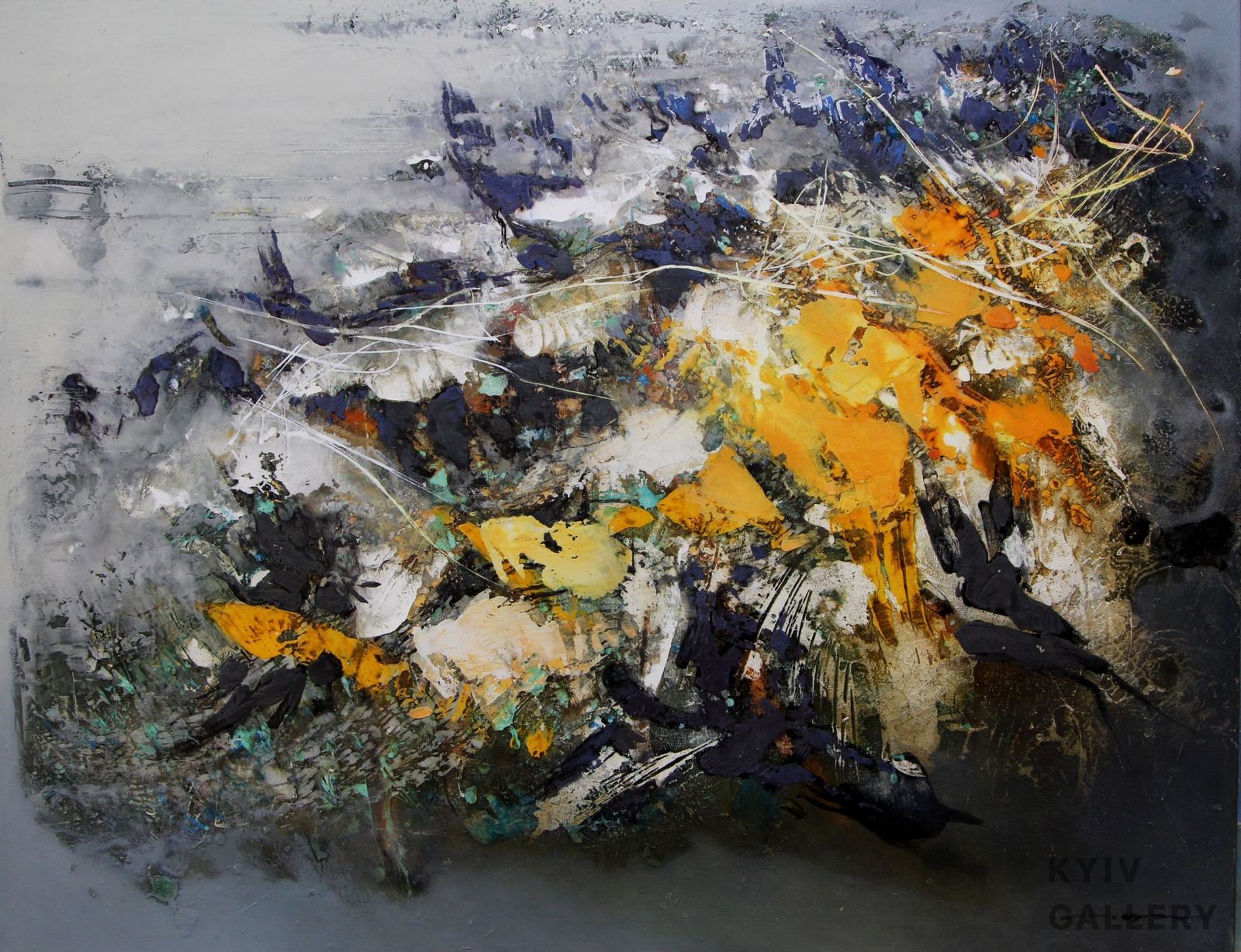
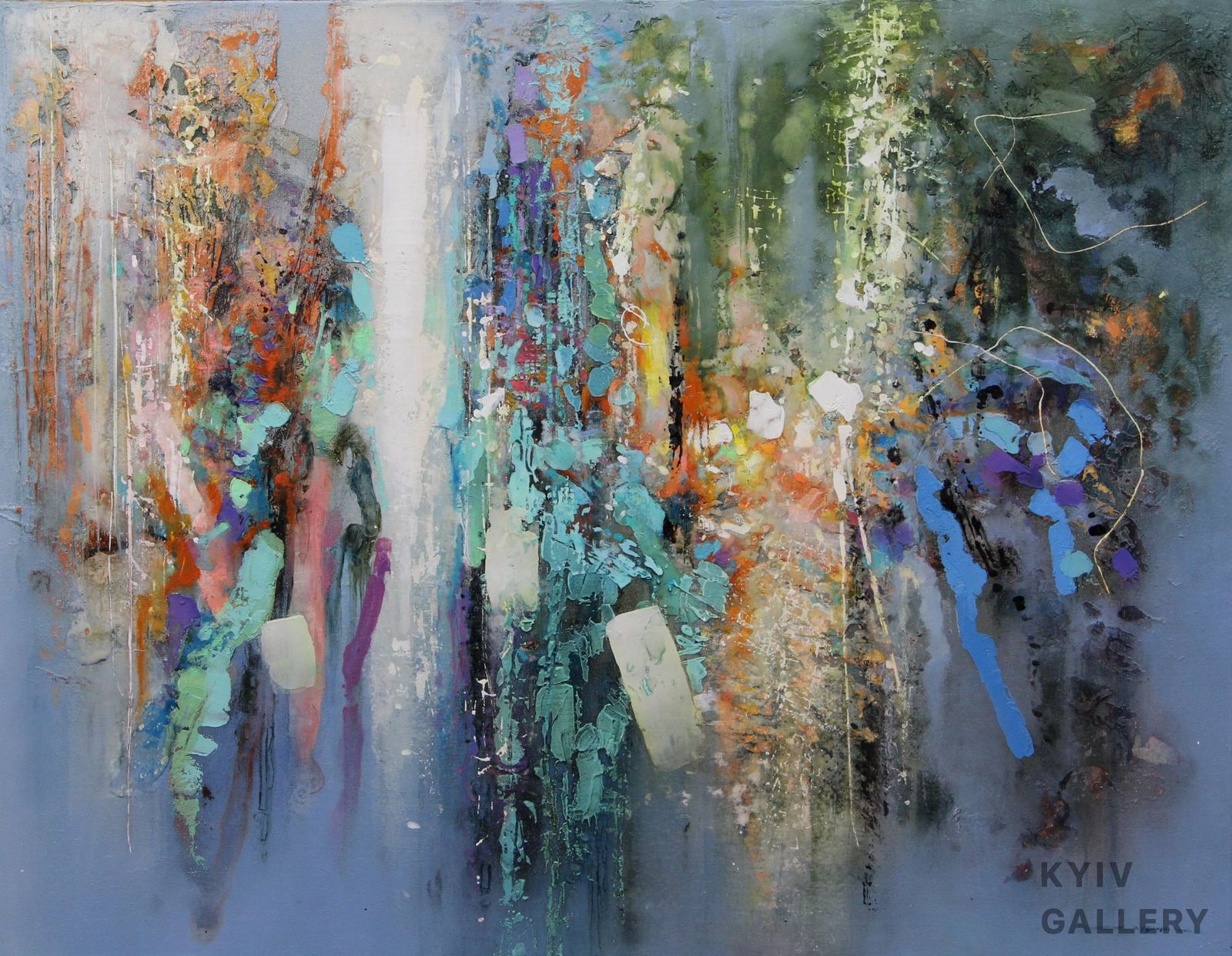
Vitalii Gudko, painting "On my own bank", ID 12104 and Vitaliy Gudko, Painting "Rain", ID 12105
But today, traditional ways of immersing the viewer in the world of art no longer demonstrate the same effectiveness. This is due to the development of technology, the acceleration of the rhythms of life and the entertainment that modern video content amazes. Against the backdrop of a colorful and dynamic virtual reality, still pictures look less attractive. Of course, this is not about the aesthetic value of art objects, but about their perception by amateurs. This circumstance forced the participants of the art market to look for new ways to deepen the connection between the viewer and the work. In fact, we are talking about the gradual removal of this opposition: the observer enters the space of art and perceives it from the inside, turning for some time into a participant in the creative process.
For this purpose, museums are beginning to hold non-standard events, during which the audience can go beyond the traditional model of "walk-stop-contemplate". Visitors are offered to take a direct part in a creative event or spend time surrounded by art objects. But the real breakthrough is considered to be the adaptation of augmented reality technologies (augmented / virtual reality and 360-photo, video). Thanks to them, museums were able not only to open access for virtual visits from anywhere in the world, but also to launch a promotion campaign on social networks. For example, works Vincent van Gogh in 360 photo format can now be randomly seen while browsing the Facebook News Feed. The ability to interact with the picture arouses interest even among those users who know nothing about art. Probably, a certain percentage of such sudden acquaintances will end up with a visit to the museum.
Immersive installations
Installations have long been used in various areas of contemporary art. But only with the advent of a request for greater involvement of the viewer, this format received a new impetus for development. A complete classification of immersive installations does not yet exist due to the diversity of their types and the combination of various methods within the framework of one event. Conventionally, they can be divided into digital, performative and experimental. During their implementation, the emphasis is on immersing the participants in the creative process.
The impact of digital technologies on the art market can be illustrated by the example of the National Museum in Krakow. With the help of augmented reality, stories for paintings were created here a few years ago. Through with smartphone could be seen and heard about the most important events in the "life" pictures combined into exciting narratives. The experiment fully justified the organizers' expectations. Over 90 thousand visitors were attracted in 4 months.
In July 2018, TeamLab Planets TOKYO held a creative event that visited by over 1 million viewers. In several exhibition halls, guests could walk barefoot on the water in the midst of falling cherry blossoms. Of course, the trees and flowers were computer simulations projected onto the floors, walls, and ceilings of huge rooms. Viewers could watch the flowers bloom in real time. When faced with humans, computer simulations of carp also turned into cherry blossoms. The movements of people influenced the visualization, which was provided by the immersive concept of collective creativity.
Another one for its content and technique of influencing consciousness was an installation within the framework of the Tribute to Master Blender Quest project. London-based Marshmallow Laser Feast artists tried to introduce visitors to the mysteries of winemaking with the language of art. The installation featured a black robot in a metal structure adorned with organic glass crystals. His main task was to choose the right "stone". All this performance symbolized the difficulties of the winemaker's search for alcohol suitable for the production of Paradis Imperial: the probability of success in real conditions is only 1:1000.
Several years have passed since overnight stays in museums came into fashion, but the number of people who want to take advantage of such an offer is only growing. In the US, you can spend a night among the wax figures of Madame Tussauds during the promotion period for only $99. Visitors will not have to spend the night in sleeping bags, as is usually the case in other museums. For all participants of the action, rooms with beds inside the exhibition halls are provided. The entertainment program and selection of films for each branch (New York, Las Vegas, San Francisco, Orlando, Washington, Nashville, etc.) is compiled individually. The Louvre reacted more originally to the holding of night events. In April 2019, a promotion was held there, the winners of which were able to take part in a night tour, drink an aperitif with Mona Lisa and spend the night under glass pyramid. It is almost impossible to imagine a deeper immersion in the world of art.
New generation art and its benefits
The study of the brain made it possible to establish that our consciousness best perceives information in the process of active interaction with the object of knowledge. Staying still in the same positions exhausts the nervous system and reduces concentration. You need to have a solid training or a huge interest in order to fully perceive the information in this state. Presence deepening technologies are aimed at involving a wide range of people. In the process of interaction, a person moves, crosses visual barriers, gains tactile experience, studies the ratio of objects and sides. Direct contact activates the centers in the cerebral cortex, and we get a fuller, emotionally colored satisfaction.
The use of technologies to influence perception enables art to break down old barriers. Having overcome the once established delimitation between the viewer and the creation, it goes beyond the walls of the galleries and penetrates into all spheres of public life. Actualization of works in the style of realism or expressionism through new technologies allows attracting fans of traditional areas of fine art and to interest young people focused on digital reality.
Another important point – novelty. In the eternal search for something new, the public undeservedly ignores the masterpieces of the classics. The emphasis on immersion refreshes the presentation of well-known works and arouses genuine interest in them. In a sense, this can be considered a way of translating the aesthetic ideals of the classics into the present.
The reason for the massive use of augmented reality technologies in the art market can also be considered economic feasibility. Transportation of priceless paintings requires a huge investment of money and time. When leaving a museum, masterpieces are at risk of being stolen or damaged. The presentation of digitized copies on the Internet completely solves all these problems and at the same time makes it possible to reach a large audience. You can now admire the wonderful still lifes of Flemish painters at the same time from the territory of South Korea, Brazil and the United Arab Emirates.
How do Ukrainian masters use the principles of immersion in their work?
In the mass consciousness, immersion experience is usually associated with interaction. Nevertheless, artists have learned to overcome the boundaries of physical and aesthetic reality with the help of means of expression. Meaning also plays an important role in this process. A flat picture can immerse a person in the contemplation of the painted reality no worse than an immersive installation. But in order to better understand what is at stake, you need to analyze in detail some works of conceptual art.
"Error 404"
The painting by Natalia Bagatskaya is dedicated to the problem of human loneliness in the virtual world and the change of lifestyle in the digital society. The yellow sofa in the background with a flower and a girl sitting on it symbolizes the human world, not subject to calculations and strict mathematical calculations. The detached island of the human world seems to be opposed by a translucent virtual reality filled with formulas and codes. Color contrast enhances the feeling of human loneliness in the virtual world. All space is crossed by guide lines, which, according to the artist, not only indicate the perspective, but also involve the observer in the inner space of the picture.
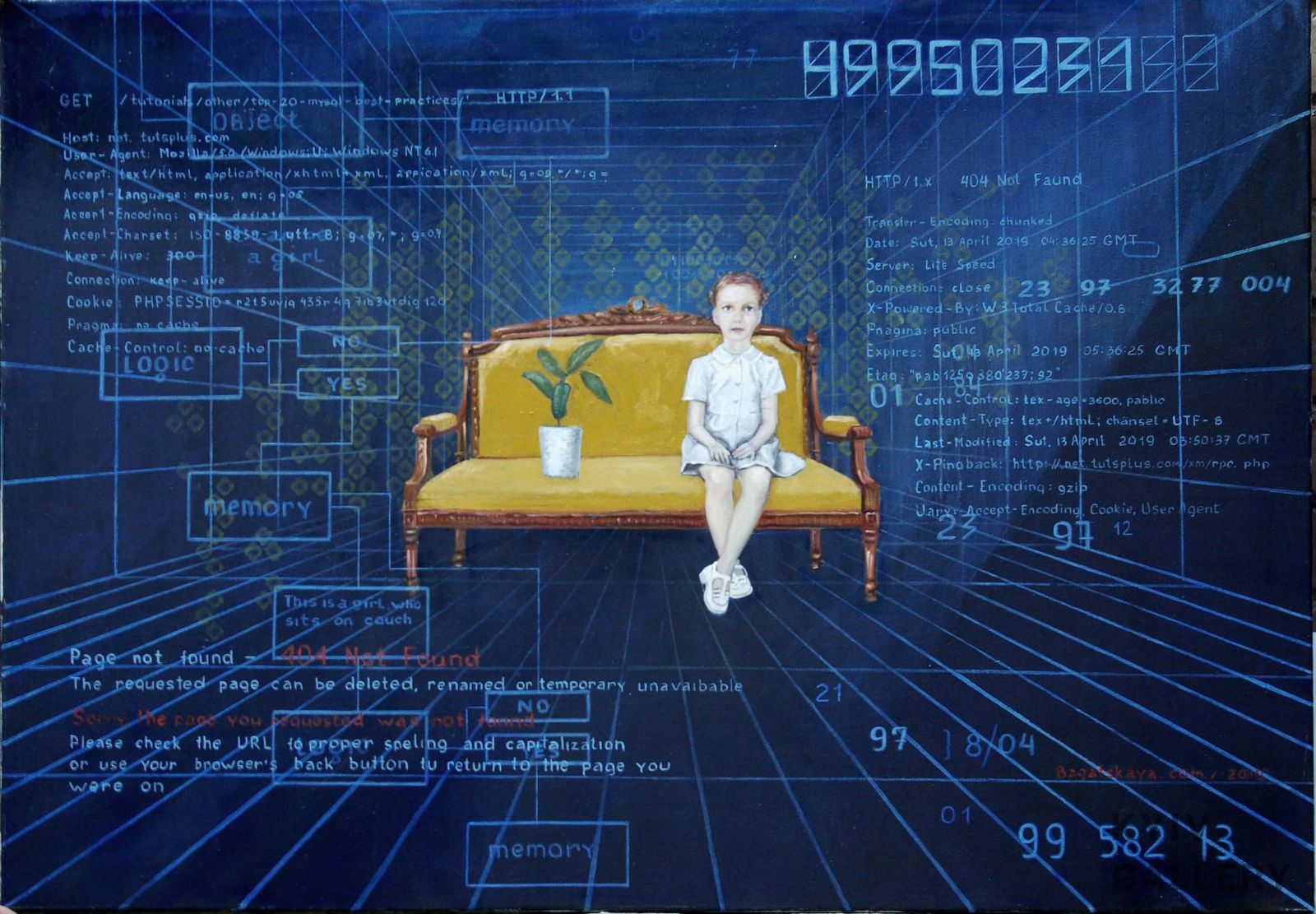
Natalia Bagatskaya, picture "Error 404", ID 10947
During contemplation, there is a feeling of presence in an unreal dimension, organically complementing the plot of the canvas.
"Lifestyle"
The plot of the painting by Nina Savenko raises a lot of questions, which the viewer will have to answer on their own. A huge flash of fire after a nuclear explosion rises above the ground, filling the entire space. The visual opposition to the mushroom flame is created by the volleyball net stretched in the foreground. The only barrier between the element of destruction and the viewer simultaneously serves as a guide to the world of artistic images.
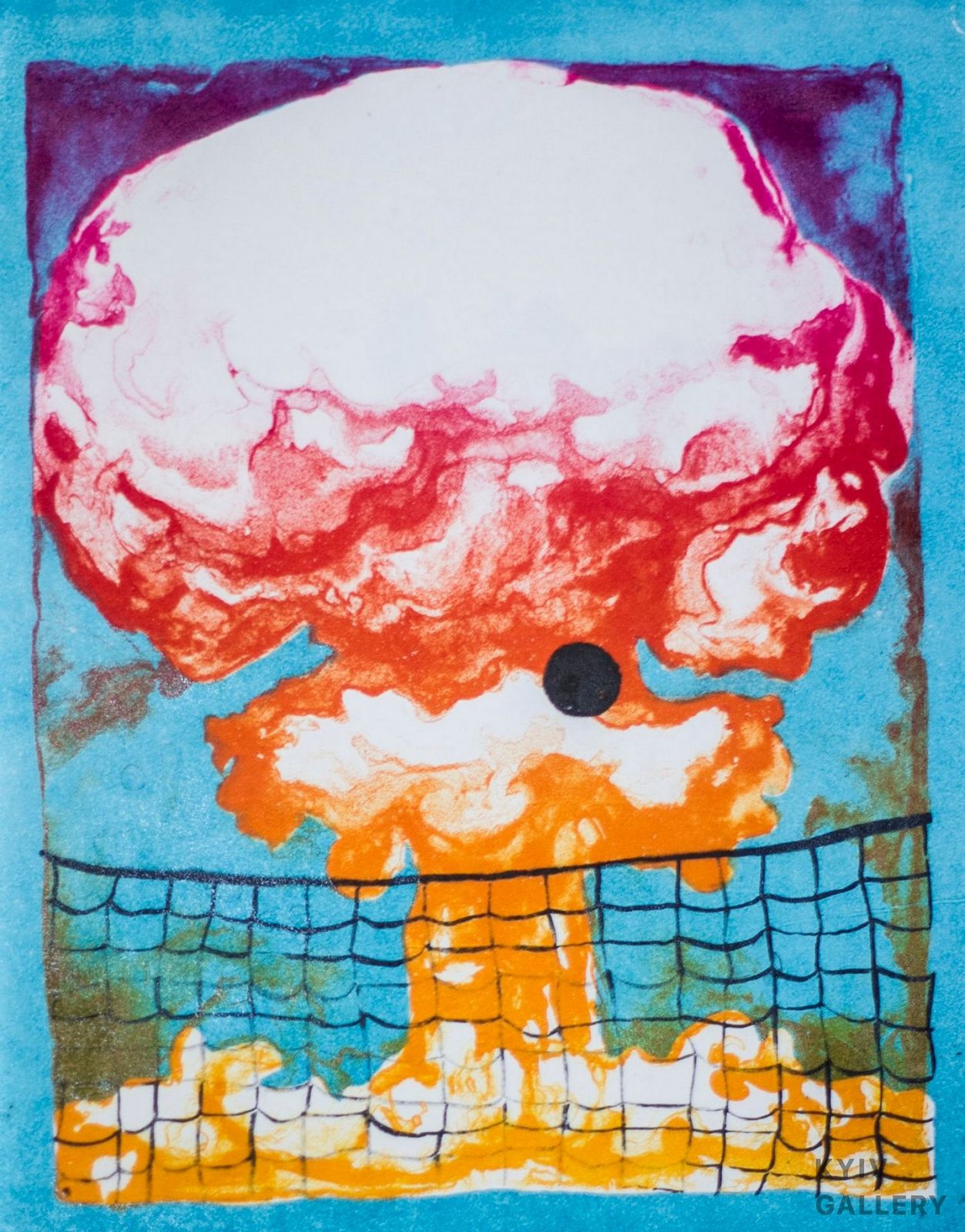
Nina Savenko, painting "Lifestyle", ID 11442
Sometimes you even want to touch the grid to see if it really exists. The picture demonstrates how important meaning is for immersion in another reality.
It can already be assumed that the popularity of art using the principles of immersive experience will only grow. Perhaps even new directions will appear that can turn our ideas about art upside down, as cubism did in its time.
Virtual and augmented reality technologies are already producing amazing effects, but this is probably only an intermediate stage on the way to full immersion in augmented reality. It cannot be ruled out that someday artists will paint in the digital space, using codes instead of paint.
KyivGallery art critic
